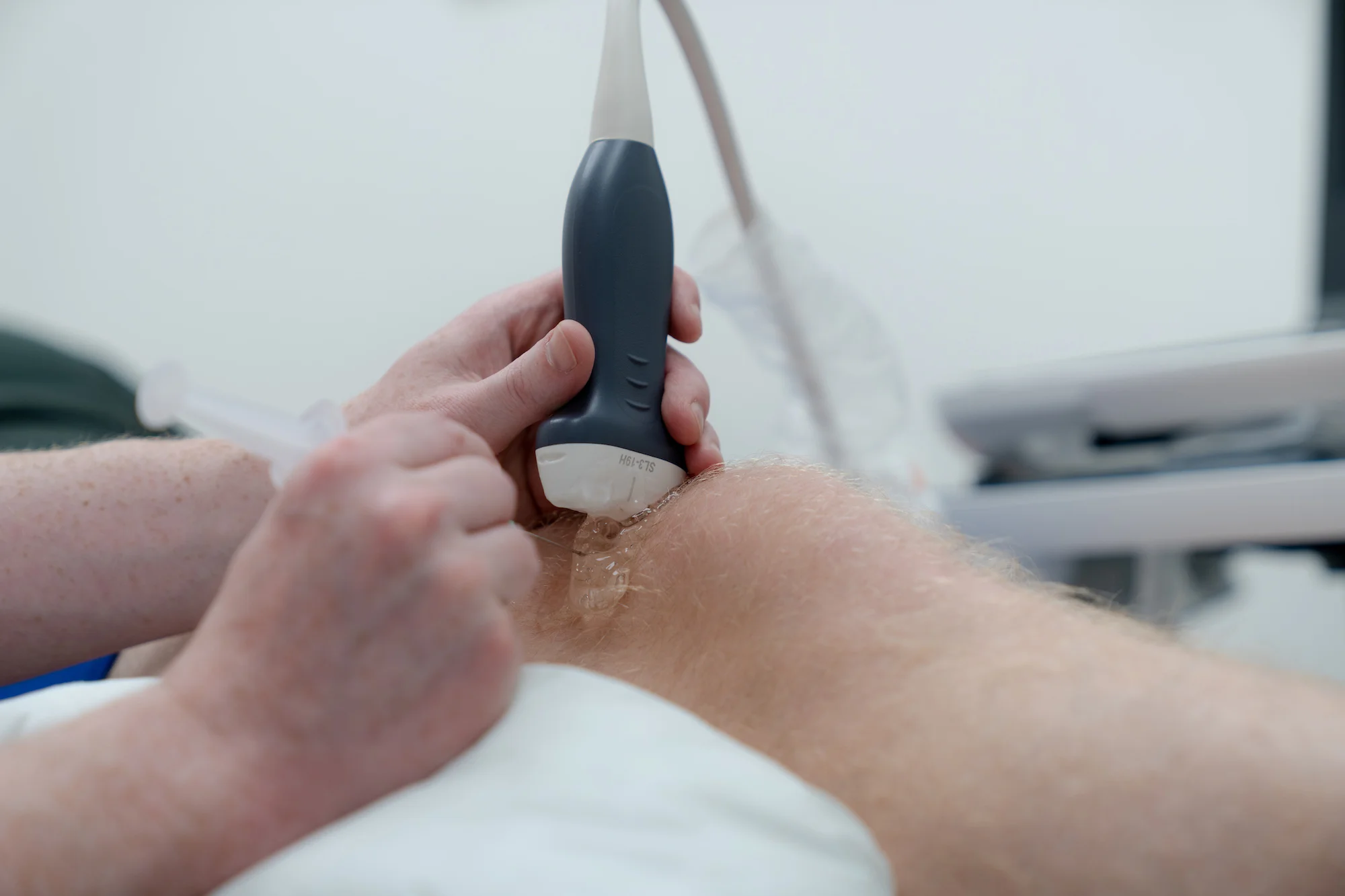
Ultrasound is commonly used to assess shoulder pain and dysfunction, particularly in evaluating soft tissue injuries and joint abnormalities. Below are some of the common anatomical structures and diagnoses that can be seen on ultrasound.
Ultrasound is useful in detecting soft tissue and vascular conditions of the upper arm, particularly injuries to the biceps and triceps muscles. Below are some of the common anatomical structures and diagnoses that can be seen on ultrasound.
Ultrasound provides real-time imaging of tendons, ligaments, and nerves in the elbow and forearm, aiding in the diagnosis of common overuse injuries. Below are some of the common anatomical structures and diagnoses that can be seen on ultrasound.
Ultrasound is a valuable tool for assessing tendon injuries, nerve entrapment, and inflammatory conditions affecting the wrist, hand, and fingers. Below are some of the common anatomical structures and diagnoses that can be seen on ultrasound.
Hip ultrasound is frequently used to evaluate tendon injuries, bursitis, and joint abnormalities, especially in active individuals and athletes. Below are some of the common anatomical structures and diagnoses that can be seen on ultrasound.
Ultrasound is highly effective in assessing soft tissue injuries of the thigh, particularly muscle tears and hematomas. Below are some of the common anatomical structures and diagnoses that can be seen on ultrasound.
Ultrasound plays a crucial role in evaluating knee injuries, particularly those involving tendons, ligaments, and bursae. Below are some of the common anatomical structures and diagnoses that can be seen on ultrasound.
Ultrasound is an effective modality for assessing muscle injuries, tendon pathology, and vascular conditions in the lower leg. Below are some of the common anatomical structures and diagnoses that can be seen on ultrasound.
Ultrasound is widely used to diagnose soft tissue injuries, tendon pathologies, and ligament sprains affecting the foot and ankle. Below are some of the common anatomical structures and diagnoses that can be seen on ultrasound.
We're happy to help!
Message us with any questions.